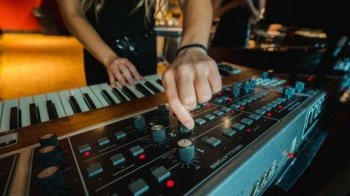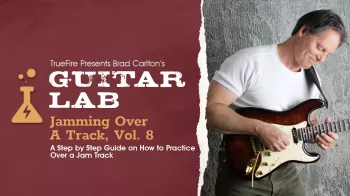
Learn Modern Synthesis – Hardware and Software for any genre
What you’ll learn
Synthesis for Music Production
How to navigate and create your own sounds on hardware synths
How to navigate and create your own sounds on software synths
What each component on a synthesizer does
Hear a sound and know how to re create it on a soft synth or hardware synth
Requirements
A beginner level of Ableton Live
Description
Have you always wanted to approach a hardware synth like a Moog or a software synth like Massive and understand how to program it? Well this course is for you. The goal of this course is to provide students with a fundamental understanding of how synthesizers work and how to manipulate them to create the sounds they’ve always wanted to make.Learn essential synth elements such as oscillators, filters, and envelopes: what they do, how they work together, and how to go about creating sounds beyond the manufacturer’s pre-set patches.UPON FINISHING THIS COURSE YOU WILL KNOW:How to identify just about any synthesizer by type, old or new, and how to use itHow to create any sound of your own concept using a hardware or software synthesizerHow to incorporate synthesizers and synth-style processing techniques into DAW programs like Ableton LiveHow to distinguish where your favourite “retro” synth sounds come from along with other classic sounds like those made by Moog, ARP and OberheimTOPICS COVEREDSignal Generators and Signal ModifiersTypes of Synthesis (subtractive, additive, FM, wavetable etc.)Synthesizer modules – (VCO, VCF, VCA, CV processors, LFO, Wave Shapers)Common synthesizer layoutsIncorporating synth elements into audio productionHardware vs. software – finding the right synth for youWHAT YOU WILL NEEDWe cover all the Ableton Live Synths so Ableton Live would be helpful but not mandatory. We cover Native Instruments FM8 and Massive. Again not mandatory but helpful.




![Puremix Start To Finish Jacquire King Flux Keep The Light On EP 10-25 [TUTORiAL]](http://www.bixinyinyuan.com/wp-content/uploads/2025/02/1739327625487.png)
